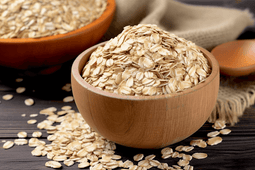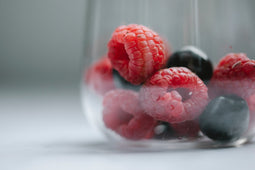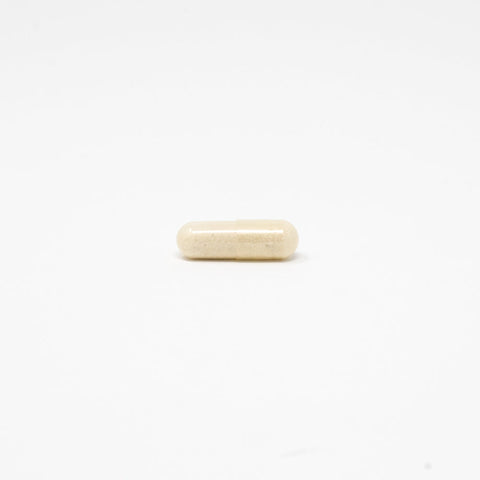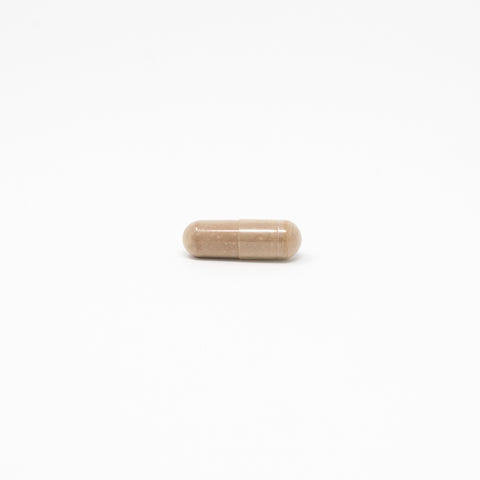What is Dietary Fiber: Unraveling the Health Benefits and More
Last updated:
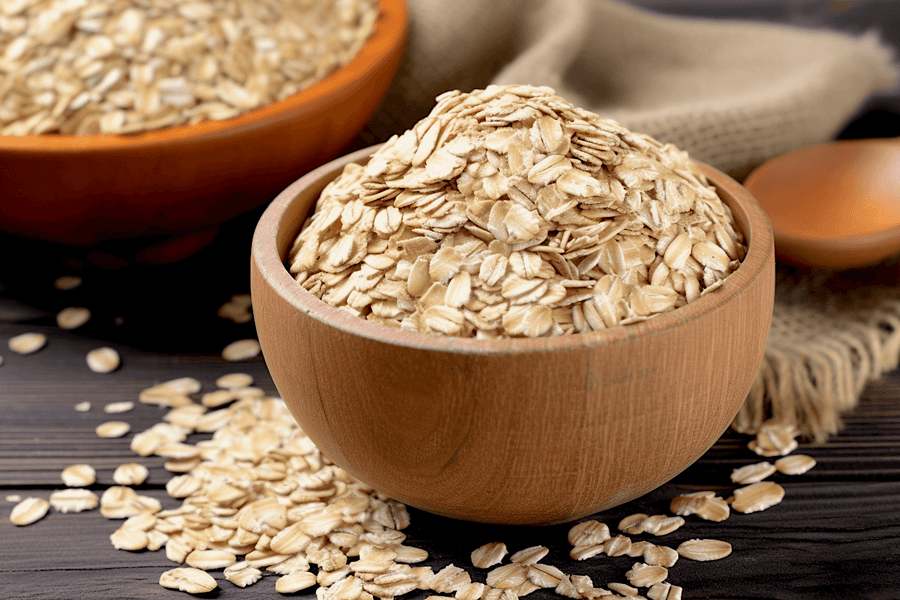
Ever wondered why health gurus are always raving about fiber? Imagine if there was one magic component in your food that could help you manage your weight, keep your blood sugar in check, support heart health, and even boost your longevity. Consider fiber!
What is fiber? Dietary fiber, often referred to as 'roughage' or 'bulk,' is a type of carbohydrate that remains relatively undigested as it passes through your intestinal tract. Unlike other carbs that break down into sugar molecules, fiber acts like your body's natural broom, cleaning your system and offering a multitude of health benefits along the way.
Why Should We Be So Fussed About Fiber?
If you’ve been skimming over that 'dietary fiber' column in your nutritional facts labels, it's time to take a U-turn! Getting enough fiber in your diet is a game changer for your health, and here's why.
Firstly, fiber supports a healthy digestive system. It adds bulk to your stool, ensuring everything moves smoothly through your intestinal tract. Think of fiber as a friendly traffic cop, guiding the flow and preventing any unwanted build-ups. Plus, a study published in mSystems found that a simple two-week increase in fiber can significantly alter your gut microbiome [1]. That means more good bacteria to help break down food. Score!
But wait, there's more! Fiber isn’t just great for your gut. It’s also a heart's best friend. According to Kelly Toups, a dietitian with the Whole Grains Council, fiber can lower your cholesterol levels. Remember those 'bile acids' from high school biology? They're made partly with cholesterol. So, when your digestion improves, your liver pulls cholesterol from the blood to create more bile acid, which leads to less of the 'bad' LDL cholesterol. It's like your body's natural recycling program.
Are All Fibers Created Equal?
If you thought all fiber was the same, think again! There are two main types of fiber: soluble and insoluble. Kinda like Batman and Robin; they're different but work together for the greater good.
- Soluble fiber dissolves in water, becoming a gel-like substance. It mixes with digested food, slowing down the absorption of sugar into your blood. This little superhero can help keep your blood sugar levels stable. More stable blood sugar levels = less mid-afternoon energy crashes.
- Insoluble fiber speeds up the passage of food through your digestive system. Think of it as your body's very own Fast and Furious. This helps maintain regularity and prevent constipation. Who knew a fiber-rich diet could feel so liberating?
Most plant-based foods contain soluble and insoluble fiber, but the amounts vary. For example, beans, lentils, and oatmeal are good sources of soluble fiber. Foods with whole-wheat flour, brown rice, and cauliflower are great for insoluble fiber.
So, while you’re binge-watching Netflix, why not munch on some carrot sticks or nuts? They're a great source of both types of fiber and a much better choice than popcorn!
What Wonders Can Fiber Do for Us?
Fiber isn't just your one-hit-wonder. Its benefits go beyond just keeping your digestion on point. Imagine it like the Hermione Granger of your diet - multi-talented, reliable, and a bit of a lifesaver.
Heart Health and Blood Sugar Regulation
Fiber is the unsung hero of heart health. It helps lower cholesterol, which, as we know, is a major win for your heart. And guess what? Fiber also plays a role in blood sugar regulation. A study published in The Journal of the American Board of Family Medicine found that an increased fiber intake can actually reduce blood glucose levels [2]. That's right - a few extra servings of fiber can make a big difference!
Fiber is also involved in reducing HbA1c levels, which is basically when proteins in your blood mix with sugar. So, embracing a high-fiber diet can help keep your sweet tooth in check without any guilty feelings.
Possible Cancer Prevention and Longevity
There's a mixed bag of research regarding fiber and cancer prevention. While some studies like the one from the journal Nutrients link high fiber intake to reduced risk of colorectal cancer, others don't see a significant association [3].
However, there's some fascinating new research suggesting the potential of fiber in causing cancer cells to self-destruct[5]. This depends on the type and amount of gut bacteria you have. The more butyrate-producing bacteria, the better.
Food Allergies and Asthma
Who would've thought fiber might even play a role in preventing food allergies and asthma? According to research from Monash University, fiber helps produce a bacterium called Clostridia which helps keep the gut secure [4]. This can prevent unwanted particles from entering the bloodstream, triggering an immune response like asthmatic inflammation.
How Can We Ensure We’re Getting Enough Fiber?
So, we know fiber is a big deal, but the burning question remains: how can we ensure we're getting enough of it?
Well, guys under 50 should aim for about 38g of fiber per day, and ladies of the same age group around 25g. Once you hit the big 5-0, men should aim for 30g and women for 21g. However, the average American only gets about 15g per day. So, chances are, you could probably do with upping your fiber game.
Here’s a mini table to keep things in check:
|
Do's |
Don'ts |
|
Try to include a source of fiber in every meal |
Don’t rely solely on supplements |
|
Explore a variety of fiber-rich foods |
Don’t drastically increase your fiber intake overnight |
|
Remember to stay hydrated |
Don’t forget about the rest of your balanced diet |
Start by adding a variety of fiber-rich foods to your diet, like whole grains, fruits, veggies, beans, and lentils. You'll not only be hitting your fiber goals but also enjoying a colorful, diverse diet. Just remember, making dietary changes is a marathon, not a sprint.
What Foods Can We Chomp Down on to Get Our Fiber Fix?
Okay, so now that we're all aboard the fiber train, you might be thinking, "Where can I get my fiber fix from?" Well, you're in for a treat because nature has graced us with a myriad of options!
The Scoop on Soluble Fiber
Soluble fiber, the one that forms a gel-like substance when mixed with water, can be found in various yummy foods. Think of it like the Dumbledore of fibers – always ready to help decrease blood glucose levels and give cholesterol the boot!
Here's a quick list of some fiber-loaded heroes[6]:
- Beans
- Lentils
- Oatmeal
- Peas
- Citrus fruits
- Blueberries
- Apples
- Barley
And let's not forget the all-star of soluble fiber sources - green apples. Bite into one, and you're munching on a powerhouse of soluble fiber. It's like they say, "an apple a day keeps the doctor away," but in this case, it's more like, "an apple a day keeps constipation at bay!"
Insoluble Fiber Galore
As for insoluble fiber, the kind that helps maintain regularity, you can find it in:
- Foods with whole-wheat flour
- Wheat bran
- Brown rice
- Cauliflower
- Potatoes
- Tomatoes
- Cucumbers
Load up on these, and you've got a one-way ticket to Regular Town. Say goodbye to constipation and hello to a happy gut!
The Best of Both Worlds
Want to get the best of both worlds? Well, certain foods are packed with both types of fiber. These superfoods include nuts and carrots. That's right! Even Bugs Bunny was onto something.
Fiber Content in Common Foods
If you're curious about how much fiber is in your favorite foods, we've got a handy little table right here! This table compares the fiber content in various foods, helping you make informed decisions about your diet.
|
Food |
Fiber Content (grams per 100 grams) |
|
Lentils |
7.9 |
|
Green Apple |
2.4 |
|
Oatmeal |
10.6 |
|
Blueberries |
2.4 |
|
Barley |
17.3 |
|
Whole Wheat Flour |
12.2 |
|
Brown Rice |
3.4 |
|
Cauliflower |
2.0 |
|
Almonds |
12.2 |
|
Carrots |
2.8 |
Caption: Fiber Content in Various Foods (Source: USDA National Nutrient Database)
Advantages and Disadvantages of High Fiber Intake
It's important to understand both sides of the coin when it comes to high fiber intake. While there are numerous advantages to consuming a fiber-rich diet, it's equally crucial to acknowledge and prepare for any potential disadvantages.
Advantages
Whether you're looking to regulate your digestion, lower cholesterol, or control blood sugar levels, a high-fiber diet might be just the ticket. Here are some of the benefits:
- Helps maintain bowel health
- Aids in achieving healthy weight
- Lowers cholesterol levels
- Helps control blood sugar levels
- Reduces risk of cardiovascular disease
Disadvantages
Despite the many benefits, high fiber diets aren't always sunshine and rainbows. Like all good things, moderation is key. Here are some potential drawbacks:
- Can cause bloating and gas
- Can interfere with mineral absorption
- May lead to discomfort if intake is increased too quickly
How Can VitaRx Complement Your Fiber-Rich Diet?
Now, let's talk about how we at VitaRx can help you make the most of your new fiber-centric lifestyle. While we don't directly sell dietary fiber, we specialize in creating personalized vitamin packs that align perfectly with individual health goals.
Just as fiber has a crucial role in your diet, so do vitamins and minerals. They work in synergy to keep your body functioning at its peak. For instance, if you're adding more whole grains to your diet to boost your fiber intake, you may also want to consume more magnesium, a vital nutrient that can help with everything from energy production to nerve function.
And hey, guess what? We've got a Magnesium supplement, along with an array of others like Vitamin B12 and Probiotics, which could work wonders alongside your new fiber-rich diet.
Here at VitaRx, our mission is to ensure your supplement regime is as personalized and effective as possible. So, why not take our brief health assessment and let us tailor a vitamin pack just for you? We're here to support you on your journey to a healthier you.
Frequently Asked Questions (FAQ)
Before we wrap things up, let's take a moment to address some common questions you may still have about fiber and its role in your diet.
Can I consume too much fiber?
Yes, it is possible to consume too much fiber. While a fiber-rich diet has numerous health benefits, consuming too much too quickly can lead to bloating, gas, and cramping. Increasing your fiber intake gradually is recommended to allow your body to adjust.
Is fiber the same as roughage?
Yes, fiber and roughage are two terms for the same thing. They both refer to the part of plant-based foods that your body can't digest or absorb. Unlike other food components, fiber isn't broken down and absorbed by your body; instead, it passes relatively intact through your stomach, small intestine, colon, and out of your body.
Can fiber help with weight loss?
Yes, fiber can aid in weight loss[7]. High-fiber foods tend to be more filling, so you're likely to eat less and stay satisfied longer, which can help you avoid unnecessary snacking. Also, most high-fiber foods are generally low in fat and calories, making them a good weight-loss choice.
Conclusion
So, there you have it! Fiber, the underrated hero of the nutritional world, packs a punch when it comes to your health. Increasing your fiber intake is a simple and effective way to enhance your health.
Key Takeaways
This article covered the importance and benefits of fiber in our diets. Here are some key takeaways:
- Fiber is a crucial nutrient that aids in maintaining bowel health, achieving a healthy weight, lowering cholesterol levels, and controlling blood sugar levels.
- It's possible to consume too much fiber, which can lead to discomfort. It's best to increase your fiber intake gradually.
- While VitaRx doesn't directly sell dietary fiber, the company offers a range of personalized vitamin packs that can complement a fiber-rich diet, such as the Magnesium supplement.
- Regularly consuming fiber-rich foods, like lentils, oatmeal, barley, and almonds, can significantly contribute to your daily fiber intake.
References:
- High-Fiber, Whole-Food Dietary Intervention Alters the Human Gut Microbiome but Not Fecal Short-Chain Fatty Acids]
- Dietary fiber for the treatment of type 2 diabetes mellitus: a meta-analysis
- Rectal Cancer: 20% Risk Reduction Thanks to Dietary Fibre Intake. Systematic Review and Meta-Analysis - PMC
- Gut-derived short-chain fatty acids modulate skin barrier integrity by promoting keratinocyte metabolism and differentiation
- Fiber, Fat, and Colorectal Cancer: New Insight into Modifiable Dietary Risk Factors | SpringerLink
- Increasing Fiber Intake | Patient Education | UCSF Health
- Fiber Intake Predicts Weight Loss and Dietary Adherence in Adults Consuming Calorie-Restricted Diets

